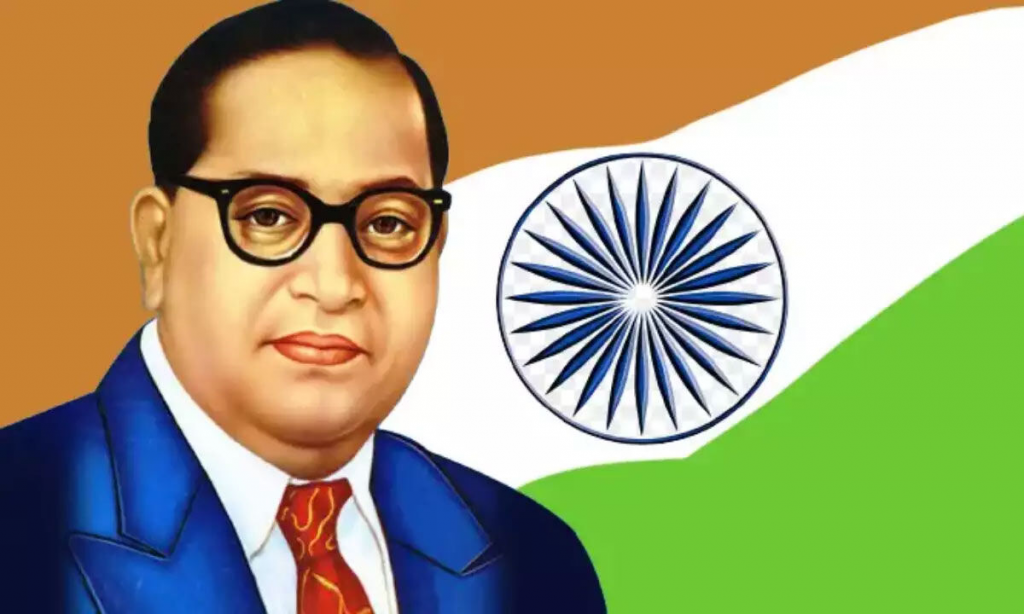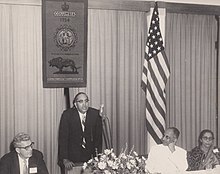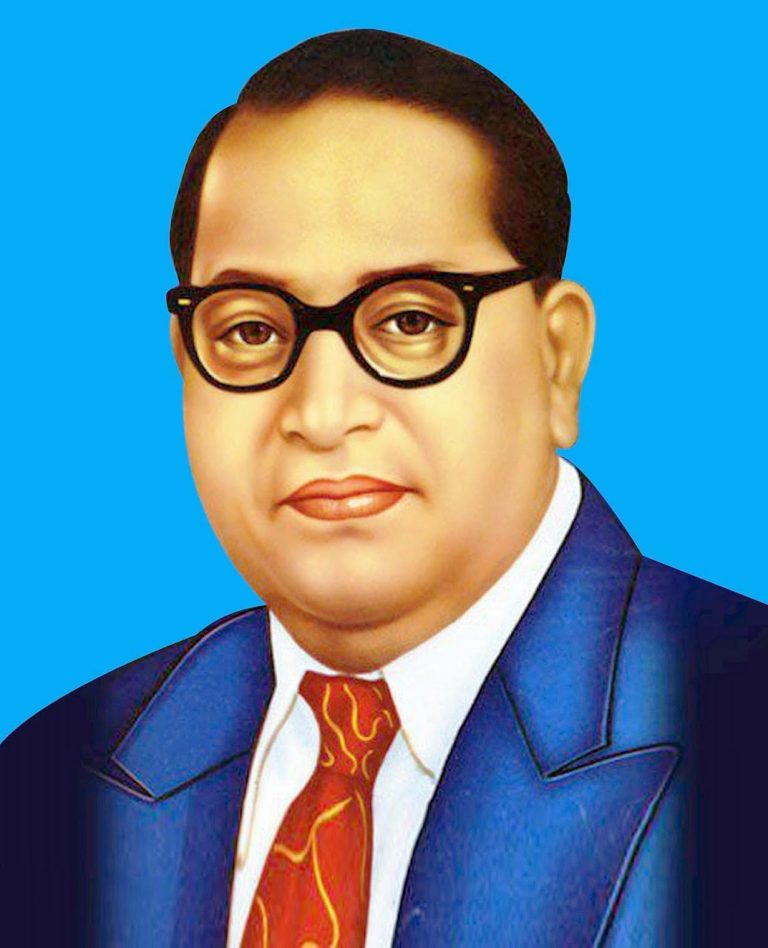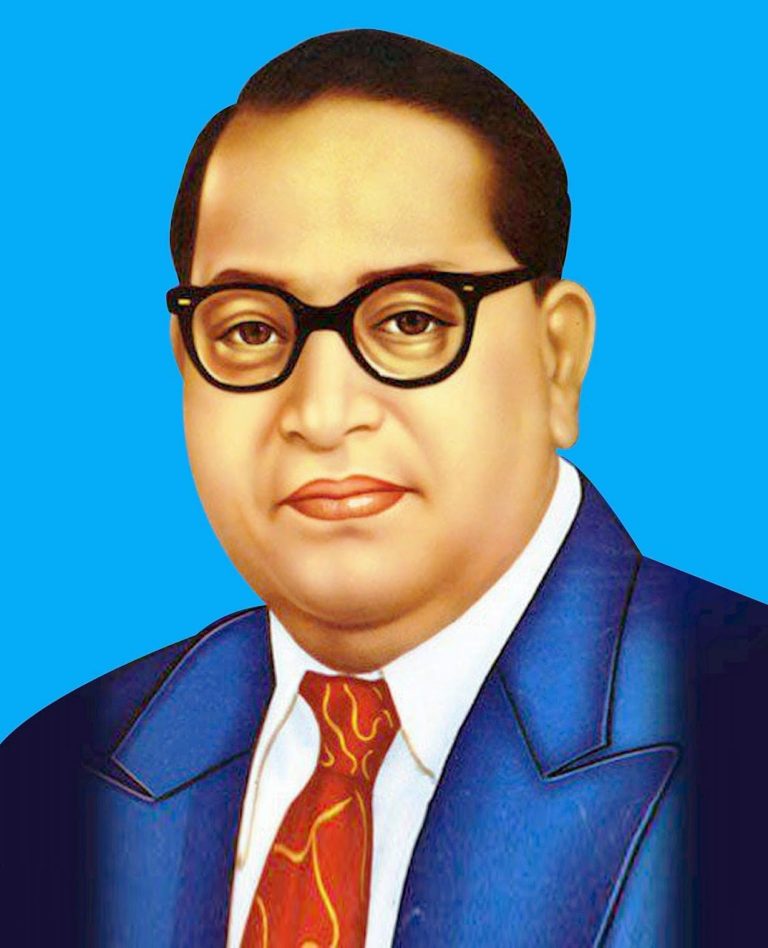
Dr. B.R. Ambedkar was married twice in his lifetime. Here’s a detailed look at both marriages:
First Marriage: Ramabai Ambedkar (1906–1935)
- Marriage Date: 1906
- Wife: Ramabai Ambedkar (née Ramabai Sakpal)
- Age at Marriage: Ambedkar was 15, and Ramabai was 9.
- Type of Marriage: Arranged, as per traditional customs.
- Life Together:
- Ramabai was a devoted wife who supported Ambedkar during his education in India and abroad.
- She faced extreme hardships while Ambedkar was away studying in England.
- Despite financial struggles, she encouraged him to focus on his education and social work.
- Her Death: 1935, due to illness and poor health conditions.
Second Marriage: Dr. Savita Ambedkar (1948–1956)
- Marriage Date: 15 April 1948
- Wife: Dr. Savita Ambedkar (born Sharda Kabir)
- Type of Marriage: Love marriage; Savita was a Brahmin, which led to criticism from some circles.
- Reason for Marriage:
- Dr. Ambedkar suffered from diabetes and other health issues.
- Dr. Savita, a doctor, took care of him and helped improve his health.
- Life Together:
- She actively supported his work and took care of him in his final years.
- She converted to Buddhism with him in October 1956.
- Ambedkar’s Death: 6 December 1956.
- Savita’s Later Life:
- After his death, she worked to preserve his legacy.
- She passed away in 2003.
Impact of His Marriages
- His first wife, Ramabai, endured great hardships but played a key role in his success.
- His second wife, Savita, was a supportive partner in his later years and helped spread his mission.




